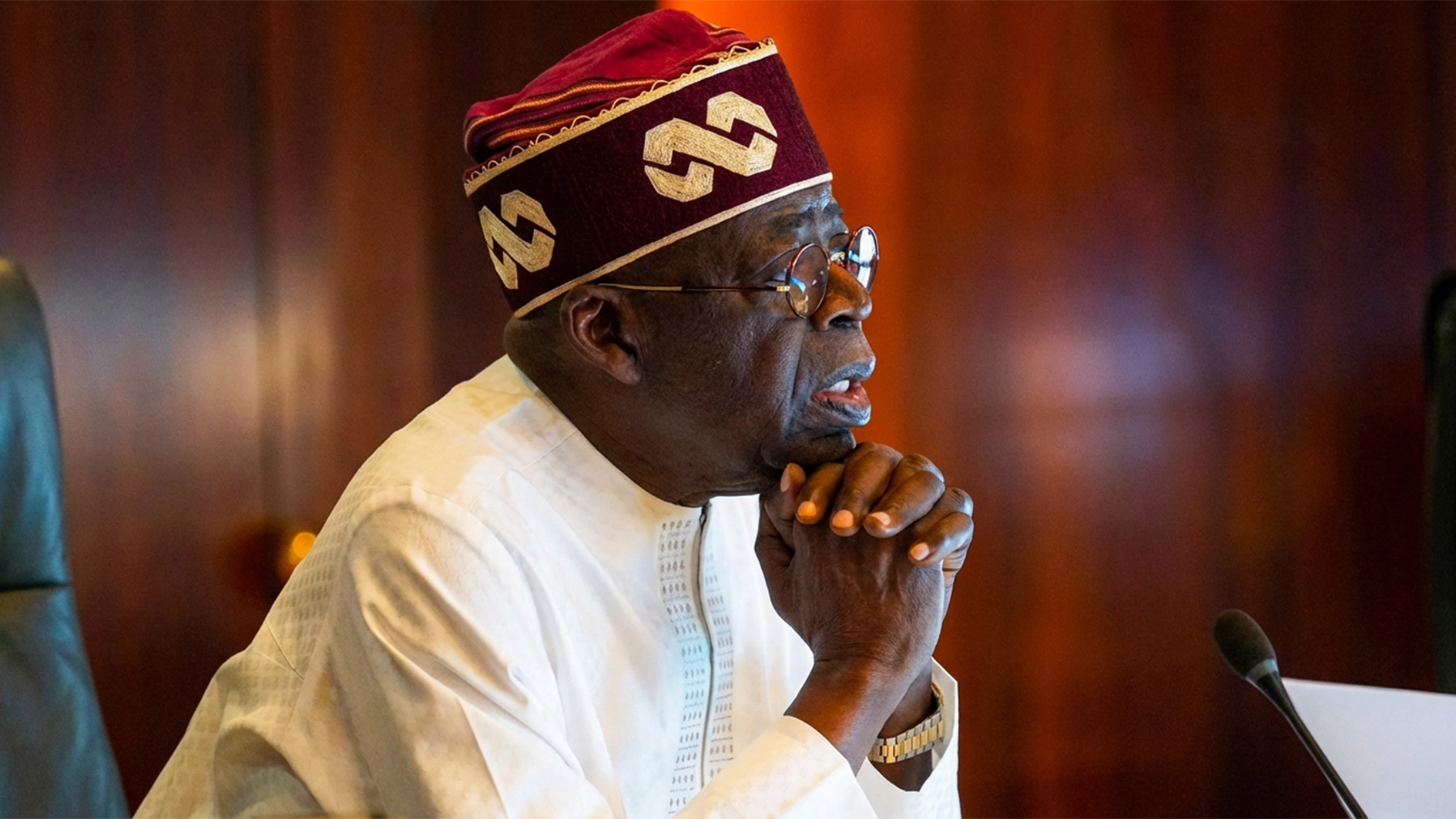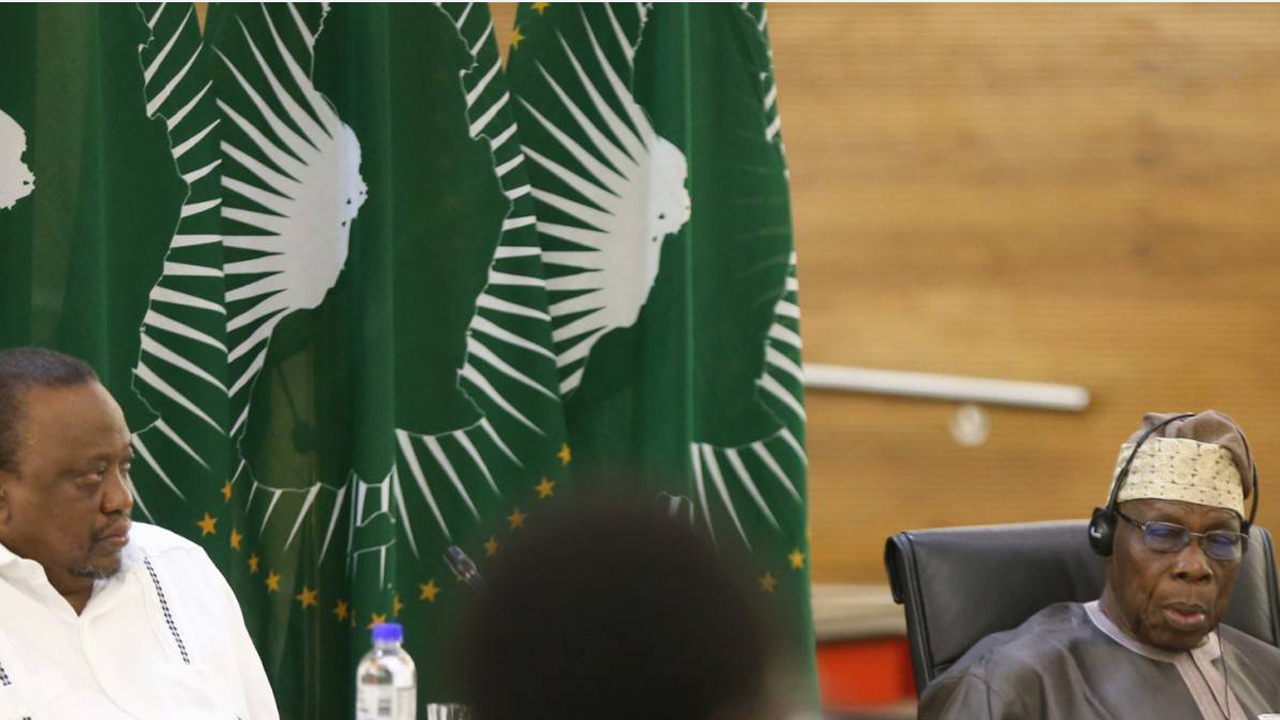
The credibility and consequently the acceptability of elections in Nigeria have been very contentious and litigious because of inability to secure such election both in terms of pre-election, Election Day and post-election processes. Such failures to secure elections often lead to political crises and governance failures with frequent interruptions of the democratic government.
Insure undemocratic malpractices or rigged elections are, therefore, a negation of the basic tenets of democracy which create serious problems in our political system.
They are usually characterized by all forms of irregularities such as the manipulation of the laws and processes guiding the conduct of elections to suit particular election.
Electoral processes are usually marred by extraordinary display of rigging, fraud, criminal manipulations of voters’ lists, falsification of election results. To mitigate election fraud and gain citizen’s confidence, election forensics is paramount.
The paper will focus on the roles of election forensics in election malpractices investigation. The challenges and problems will be identified and proffer appropriate solutions.
Keywords: Election Forensic, Malpractice, Forensic Investigation, Scientific Approach
Introduction: Election Malfeasance
Election malfeasance can take a variety of forms, including the intimidation of voters, violence against candidates and their supporters, and outright election fraud. Regardless of the type of malfeasance, when the electoral process is perceived to be significantly flawed or biased, and the final results suspect or rigged, then the salutary effects of elections can evaporate. Instead of building trust and stability, elections can become corrosive and destabilizing sapping support for democratic institutions, inflaming suspicion, and stimulating demand for extra-constitutional means of pursuing political agendas. Electoral malfeasance can distort and destabilize democracy. Malfeasance can affect electoral outcomes influence whether or not the results are accepted as legitimate, and shape the extent to which elections facilitate subsequent political and social stability.
Method of detecting and investigating election fraud
There is an acute need for methods of detecting and investigating fraud. First, accurate information on electoral irregularities can help separate false accusations from true evidence of electoral malfeasance. Second, accurate information about the scope of irregularities can provide election monitors with a better gauge of the quality of elections. Third, accurate information about the geography of malfeasance the locations where irregularities are observed and how they cluster-can bolster the activities of election monitors and pro-democracy organizations, among other things allowing them to focus their attention and resources more efficiently and helping them to substantiate their assessments of the quality of elections.
Ideally a method for detecting electoral fraud should meet each of the following criteria:
The method should be sensitive enough to detect anomalies. We want to avoid mis-labeling problematic elections as problem-free. In other words, we want to limit false negatives.
The method should accurately detect anomalies. The method should reveal anomalies when they arise, but produce null results when no anomalies are present. In other words; we want to limit false positives.
The method should involve systematic observation. In order to avoid potential bias, wherever possible we want to analyse electoral results in its entirety, ideally at the most fine-grained level possible. This approach is preferable to limited descriptive evidence and selected case studies.
The method should enable the identification of where, geographically, anomalies have occurred. While it is helpful to know that anomalies exist, ideally methods will identify the locations where those anomalies occur. This facilitates additional analysis and validation and enables more effective responses. Geographic analysis can also take into account the possibility that -anomalies may cluster together and be related to of her relevant political, cultural or ethnic factors.
The method should produce estimates of uncertainty, indicating how confident we can be in our conclusions. A method need not yield definitive findings to be worthwhile in this setting. Absent definitive findings, a measure of the extent to which the results are likely to be valid is crucial.
Scholars, aid agencies, and policy makers are devoting increasing attention to detecting election irregularities and trying to improve election processes. Current efforts to promote the integrity of elections around the world are mufti-pronged. They include designing electoral systems and procedures in accordance with standards of best practice, promoting the development and capacity of independent election agencies, ballot reform, and on-the-ground monitoring of elections by domestic and foreign observers.
Election Monitoring And Forensic Investigation The last of these on the ground monitoring—addresses a direct form of malfeasance: manipulating the results, when they are counted, tabulated, or reported. In an effort to combat this problem, political parties often undertake their own monitoring, setting up a presence at polling stations and observing or even involving themselves directly in the process of recording votes (e.g. parallel vote tabulations), another especially effective approach has been reported of results of exit polls in near-real time rising from cell phone-based tools. More generally election monitoring by independent observers from civil society, the media and international organisations has become commonplace. Social scientists have been adding to these efforts. For example, they have evaluated methods aimed at reducing the manipulation of results, e.g., using communications technology to take photos of tabulations at polling stations.
Election monitoring and observation is often conducted in person. Yet in-person observation has certain inherent limitations. The monitors themselves, especially individuals from within a given country, may not be impartial.
Those on the losing side have incentives to claim that results are fraudulent, whether or not this is true, in an effort to gain leverage or disrupt the process. Likewise those on the winning side have incentives to conclude that the elections were free and fair. Even if observers are independent their access to polling places may be restricted by the government or by local authorities. In addition, observers may not be able to blanket an entire country for logistical, financial, political or safety reasons. Even where full access and coverage are feasible, the detailed information collected by observers is rarely made available publicly, especially in a, comprehensive fashion at the level of electoral constituencies, let alone precincts and polling stations. Instead the information is generally compiled into summary reports, which may feature select anecdotal examples of malfeasance.
To be continued tomorrow
Professor. Ogundipe
Email Address: [email protected]
or
[email protected]
Tel. Phone No.: 08023201618;
Barrister Adebayo Akinade
Email Address: [email protected] or
[email protected]
Tel. Phone No.: 08022771818





